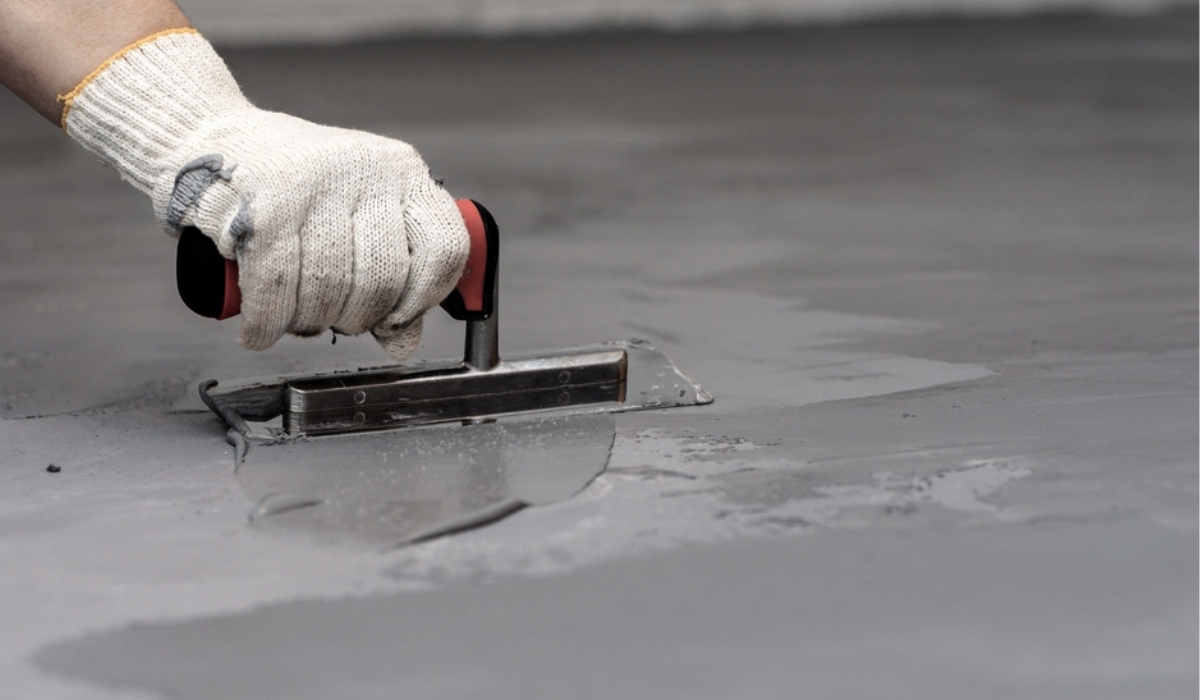The Benefits of Polished Concrete

The Benefits of Polished Concrete
Polished concrete flooring has quickly become one of the go-to choices for commercial floors, thanks to its immense customization options and versatility. You can mix stunning aggregates with cement hues to achieve a contemporary aesthetic.
However, polished concrete requires special care. This article will highlight its advantages such as durability, versatility and cost.
Durability
Concreting Melbourne floors are highly resilient, capable of withstanding heavy traffic, equipment use and scuffing without needing much upkeep or repair. Furthermore, you can finish your floor with stain protector to reduce maintenance requirements further. However, improper care of a floor may lead to it becoming slippery over time and unsafe to walk on.
Polished concrete flooring is an ideal choice for warehouses as it can withstand the weight of trucks and forklifts, reflecting light back into a room for improved visibility. Polished concrete also boasts an appealing mirror-like finish which reflects light back into its surroundings, providing greater illumination of spaces.
Polished concrete has long been used in commercial and industrial spaces, but its popularity is increasing among residential settings as well. Thanks to its durability and versatility, polished concrete makes an attractive alternative for creating industrial looks or imitating other flooring materials. Working with an experienced contractor will help determine whether concrete polishing is appropriate for your home as well as choosing the optimal level of sheen and degree of stone exposure for each space.
Versatility
Polished concrete flooring has become increasingly popular in commercial settings, including offices, hotels, big box stores, boutique retail shops and warehouses. Unlike tiles, polished concrete offers much greater versatility as an eco-friendly nonporous material that’s easy to keep hygienic.
Concrete polishing can be performed on either new or existing concrete, and results and finish will depend on its quality. Variables like color variations, miscellaneous contaminants, cracks left from previous flooring material installation patterns left behind on slab surfaces as well as dirt or nails in the slab will all have an effect on its finish; an experienced contractor should make sure all of their projects meet standards before proceeding with polishing operations.
A floor’s finished appearance and characteristics depend heavily on its aggregate exposure and reflection qualities, which must also be tailored to meet the needs and functions of its space before making decisions regarding them. A floor exposing aggregate may look nice in a restaurant but may be unsuitable in an industrial setting where dropped fasteners must be readily identifiable.
Environmentally Friendly
Polished concrete flooring has become increasingly popular as more people become concerned with their environmental footprint, offering a cost- and pollution-saving option for warehouses, office buildings and homeowners. Polished concrete utilizes existing concrete slabs rather than adding more material such as tiles, carpeting or hardwoods – saving costs and pollution associated with additional purchases like this one – plus can be cleaned safely using non-toxic neutral pH cleaners; also benefiting indoor air quality by not harboring dust mites or supporting mold growth like many other floors do while emitting volatile organic compounds (VOCs).
Bringing more natural light and less artificial illumination into a building is one key way to gain LEED certification, and polished concrete floors can be instrumental in that effort. They also can be stained with concrete dye for color without impacting its surface; unlike acid stains, dyes come in an array of hues without as many chemical requirements compared to acid-based solutions.
Cost
Concrete flooring is an economical alternative to other options available today, typically costing $2 to $16 per square foot on average – though costs could even go lower depending on your design choice. Furthermore, it’s more cost-effective than alternatives like wall-to-wall carpeting, which may range anywhere between $6-20 per square foot.
At first glance, installing concrete flooring may seem more cost-effective than tile, wood floors, or vinyl options; however, you should keep in mind that sealing may need to be performed annually for best results. Before selecting one solution or the other, take into consideration its durability as well as your budget before making your selection.
Additional expenses to keep in mind for your floor renovation include local material/equipment delivery fees and service provider transportation fees, site preparation costs and labor setup times, equipment needed for grinding and smoothing as well as equipment replacement costs. It is advised to hire a general contractor as they will help select an optimal option and budget plan tailored specifically to you and your floor project needs.

